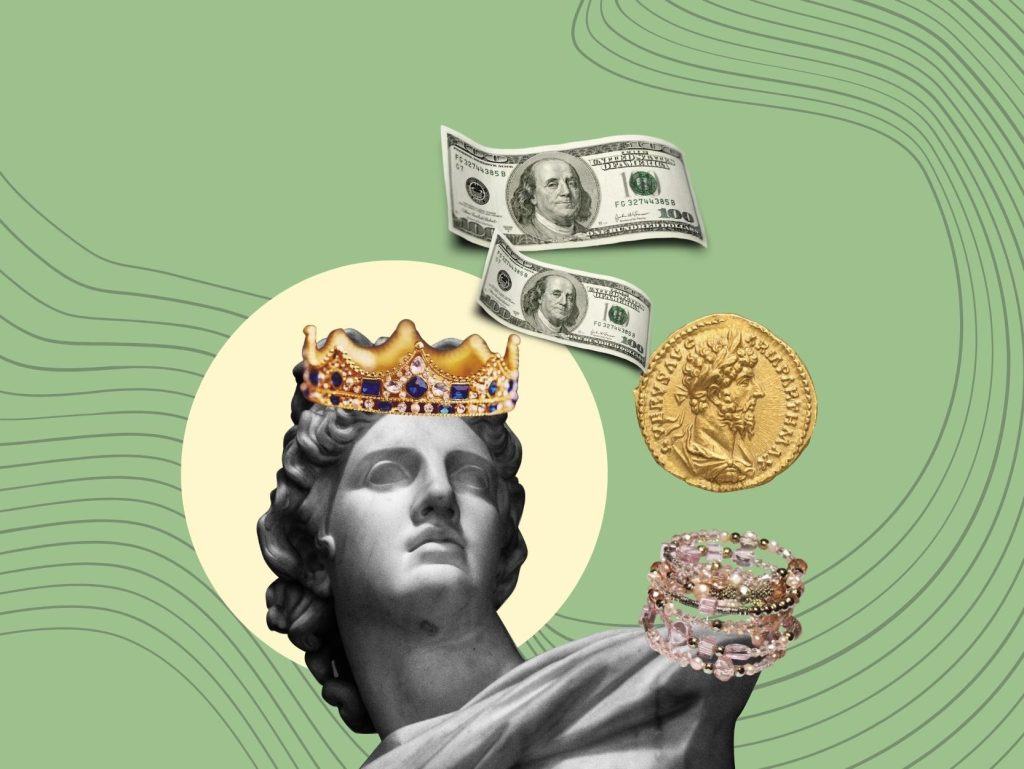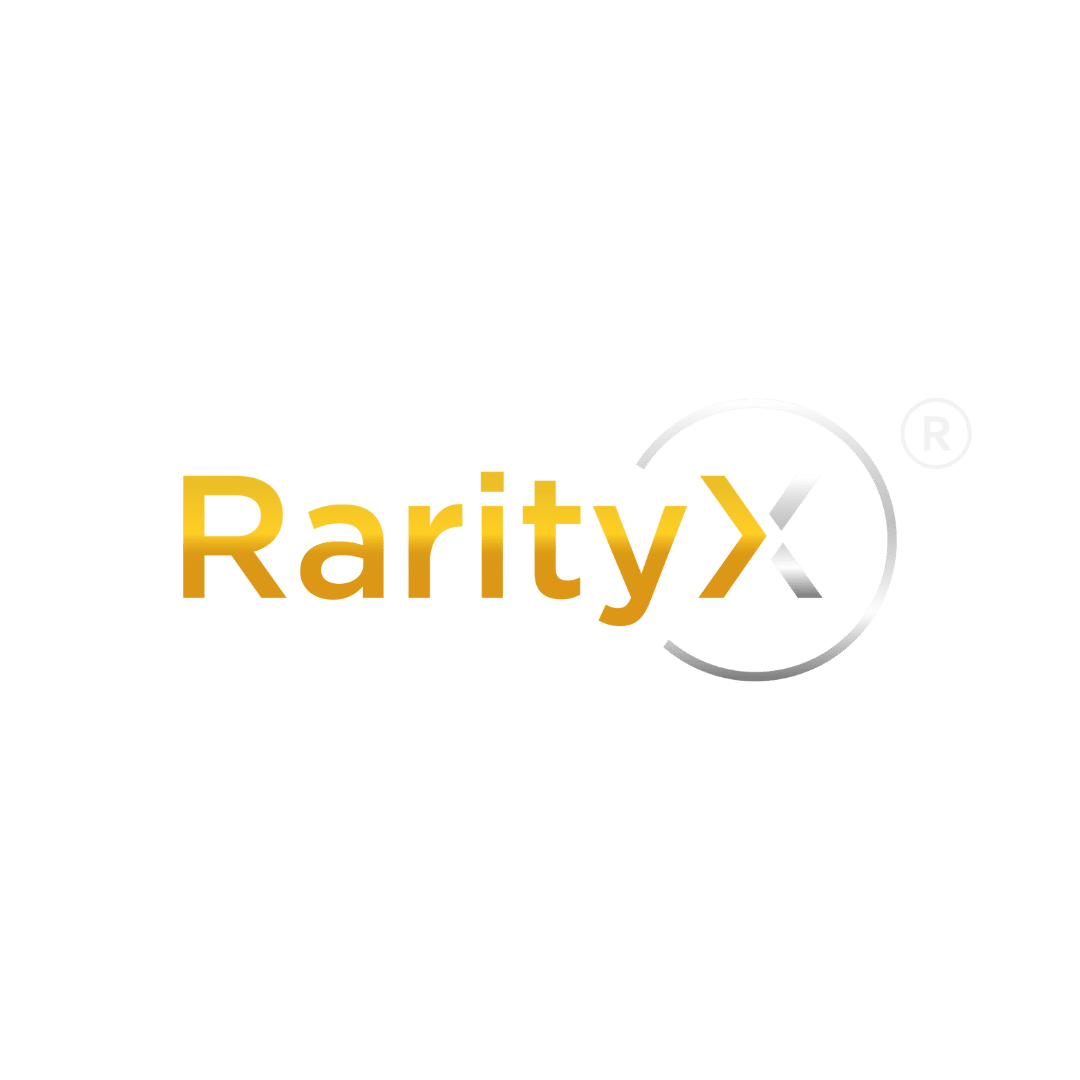Exploring the Artistic Canvas of Investment
Key Differences of Art Market From Traditional Investment Markets
Investing has consistently engrossed individuals in pursuit of financial success. Historically, investments have been concentrated in equities, bonds, real estate, and commodities. However, a recent participant has significantly transformed the market: the luxury fine art market. In this article we will discuss the unique characteristics that differentiate the luxury fine art collector market from conventional markets.

Tangible vs. Intangible Assets
In contrast to traditional markets, which deal in abstract concepts such as stocks, bonds, and digital currencies, the luxury fine art collectible market is centered around tangible assets, including sculptures, artworks, and collectibles that possess inherent value and can be displayed, appreciated, and possessed.
Emotional and Aesthetic Value
Esteemed fine art collectibles, held in high regard by collectors, frequently possess aesthetic and sentimental value in addition to their monetary value. Traditional investment markets, on the other hand, place a premium on monetary gains while disregarding emotive or cultural significance.
Subjectivity in Valuation
The assessment of the worth of high-end fine art collectibles is a complex and personal endeavor, contingent upon factors such as the artist’s notoriety, historical importance, and cultural pertinence. In contrast, conventional investment markets base asset valuation on objective indicators such as dividends, earnings, and market trends.
Rarity and Limited Editions
The luxury fine art collectible market attracts investors and collectors with its appreciation for scarcity and limited editions. This is diametrically opposed to conventional investment markets, which handle copious quantities of liquid assets.
Illiquidity
More substantial financial investments are required for costly fine art collectibles owing to their intrinsic illiquidity. The deliberate sale of art or collectibles frequently entails the participation of art dealers or auction houses. In contrast, conventional investment markets provide enhanced liquidity, which expedites the process of asset transactions.
Art Authentication and Provenance
The luxury fine art collector market assigns significant importance to authenticity, determining the value of an artwork according to its lineage and past owners. Conventional investment markets, on the other hand, seldom mandate such comprehensive certification.
Market Trends and Influences
Trends within the art world, which include emerging artists, movements, and collector preferences, significantly influence the luxury fine art collectible market. Economic factors, geopolitical conditions, and corporate performance all exert an impact on conventional investment markets.
Diversification Opportunities
As an alternative investment that may not invariably correspond with financial markets, luxury fine art collectibles gain in popularity as a diversification option. The potential for diversification exhibits promises in mitigating investment risks.
Conclusion
In conclusion, the luxury fine art collection market presents itself as a unique and enthralling domain of investment, in stark contrast to conventional markets. Conventional investment approaches prioritize liquidity, objective valuation metrics, and financial returns. In contrast, the luxury fine art collection market provides investors with the opportunity to possess and appreciate objects of cultural and physical significance that possess aesthetic and emotional worth. Effective investment, be it in artworks or stocks, necessitates an understanding of the unique characteristics and hazards of each market. This knowledge empowers investors to make well-informed decisions that are customized to their specific financial goals.
